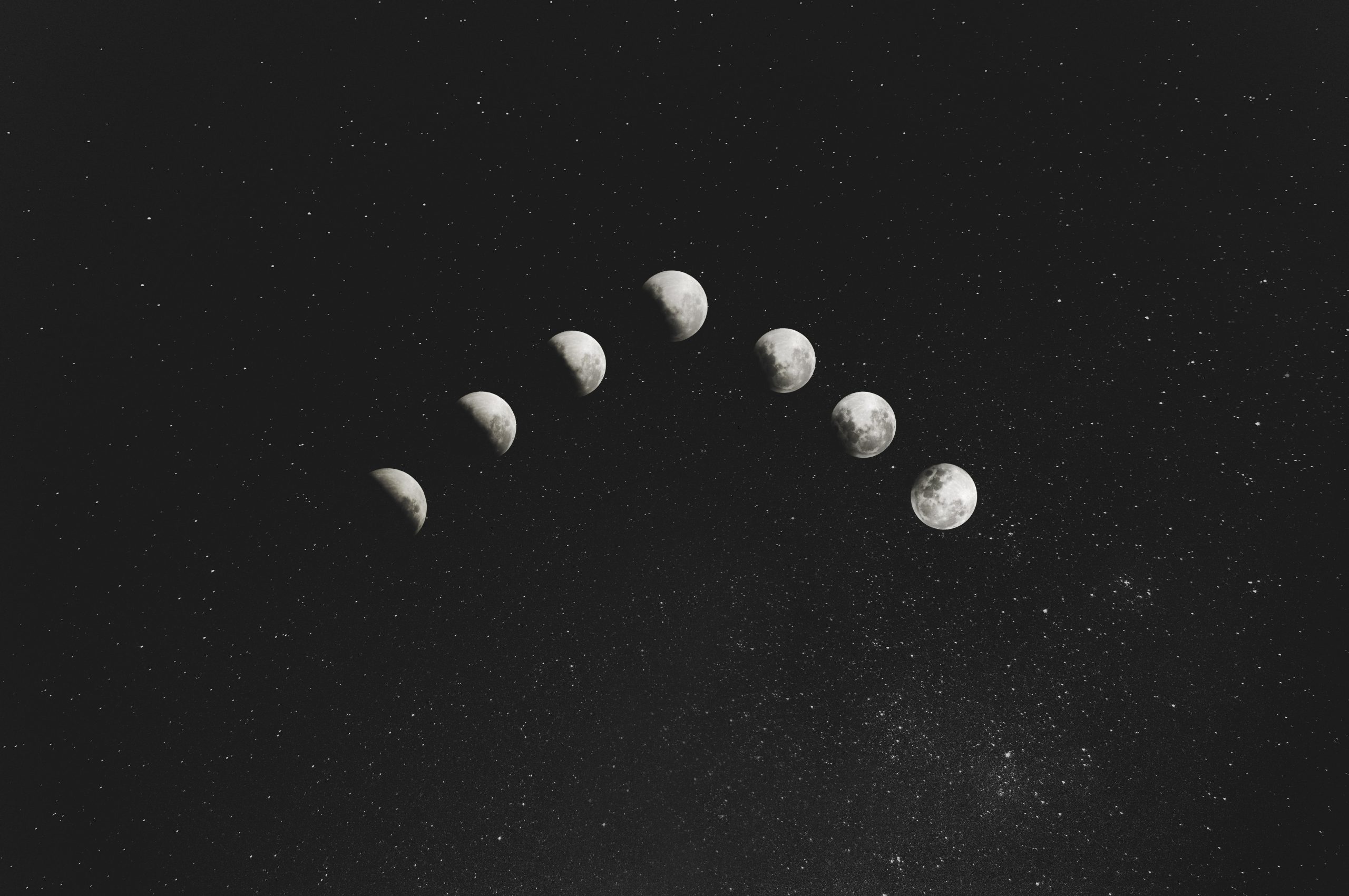Remote Viewing: Unveiling the Secrets of Psychic Perception
Have you ever heard of remote viewing? It’s a fascinating topic that delves into the realm of psychic abilities and the exploration of the mind’s potential. Remote viewing is a technique that allows individuals to perceive and describe details about a location, object, or event without being physically present. In this in-depth blog post, we will take a closer look at remote viewing, its history, methodology, and the controversy surrounding it. Get ready to embark on a journey into the extraordinary world of psychic perception.
What is Remote Viewing?
Remote viewing, also known as remote perception or remote sensing, is the supposed ability to gather information about a distant or unseen target through extrasensory perception (ESP). It is believed that remote viewing allows individuals to access information that is beyond the range of normal perception through the means of psychic abilities.
Remote viewing has been used for various purposes, ranging from military applications to personal exploration. The technique gained popularity during the Cold War when the United States government conducted secret research on psychic phenomena through programs like Stargate Project and Project Scanate.
The History of Remote Viewing
The roots of remote viewing can be traced back to the mid-20th century. In the 1930s, parapsychologist J.B. Rhine at Duke University began studying telepathy and clairvoyance, paving the way for further research into psychic abilities. However, it wasn’t until the 1970s that remote viewing gained significant attention.
Researchers at the Stanford Research Institute (SRI), including physicists Russell Targ and Harold Puthoff, worked on a program funded by various government agencies and intelligence organizations. The government’s interest in remote viewing was fueled by the desire to gain a military advantage by harnessing psychic abilities. The program eventually led to the development of protocols and methodologies for remote viewing.
The Methodology of Remote Viewing
Remote viewing typically involves a viewer and a monitor. The viewer is the individual attempting to access information about the target, while the monitor guides the session and records the viewer’s impressions and perceptions.
The remote viewing process follows a structured protocol that includes several stages:
1. Blind Target Selection
Before the session begins, a target is selected by a third party who keeps it hidden from the viewer. The target can be a specific location, an object, or an event. This ensures that the viewer has no prior knowledge or expectations about the target.
2. Relaxation and Preparation
The viewer enters a calm and relaxed state, often through meditation or visualization techniques. This helps to quiet the mind and enhance psychic receptivity.
3. Accessing Target Information
The viewer describes their impressions, images, and feelings related to the target. These can include sensory details, emotions, colors, shapes, or even abstract concepts.
4. Sketching and Drawing
To further explore the target, the viewer may attempt to sketch or draw any visual impressions they receive. This visual representation can provide additional insights and details about the target.
5. Analysis and Feedback
After the remote viewing session, the viewer’s descriptions, sketches, and impressions are compared to the actual target. This process provides feedback and evaluation of the accuracy of the remote viewing session.
Controversies and Skepticism
Like any paranormal or psychic phenomenon, remote viewing has faced its fair share of controversy and skepticism. Critics argue that remote viewing lacks scientific validity and claim that any apparent successes are merely the result of chance or cold reading techniques.
Many skeptics argue that remote viewing violates the principles of physics, as it challenges the limits of space and time. They also question the lack of reproducibility in remote viewing experiments, suggesting that subjective biases and self-deception may be at play.
Despite the controversies, proponents of remote viewing argue that the phenomenon deserves further scientific investigation. They point to successful experiments carried out under controlled conditions and highlight the potential practical applications of remote viewing in fields such as espionage, archaeology, and medical diagnosis.
The Future of Remote Viewing
The exploration of remote viewing continues to evolve, with researchers and enthusiasts pushing the boundaries of psychic perception. Some individuals use remote viewing as a tool for personal growth and self-discovery, while others seek to validate its effectiveness through rigorous scientific study.
As technology advances, remote viewing may also find new avenues for exploration. Virtual reality, brain-computer interfaces, and artificial intelligence could potentially enhance our understanding of remote viewing and its underlying mechanisms.
In Conclusion
Remote viewing remains an enigmatic and controversial topic. While skeptics question its validity and scientific basis, proponents continue to investigate the potential of psychic perception. Whether you approach remote viewing with skepticism or an open mind, it is undoubtedly a fascinating subject that invites us to contemplate the mysteries of the human mind.
Are you ready to delve into the depths of psychic abilities and explore the realms of remote viewing? The journey awaits those who dare to open their minds to the extraordinary.
Table of Contents
